California’s landscapes are a dream for outdoor lovers. From misty waterfalls to sunbaked deserts, this state offers unmatched diversity. After exploring over 50 routes myself, I’ve narrowed down the best spots for jaw-dropping scenery and unforgettable experiences.
This curated list focuses on trails with iconic views, unique terrain, and manageable day-trip distances. Whether you crave coastal cliffs or alpine summits, there’s something for every skill level. The Mist Trail’s roaring cascades and Mount Whitney’s towering peak are just a taste of what awaits.
Each destination was chosen for its ability to deliver awe—without requiring weeks of preparation. Ready to lace up your boots? Let’s dive into California’s natural wonders.
Table of Contents
Key Takeaways
- California’s trails feature diverse landscapes, from deserts to waterfalls.
- Routes were selected for scenic payoff and accessibility.
- Options cater to both beginners and seasoned adventurers.
- Many trails can be completed in a single day.
- Personal insights highlight standout features like Mist Trail’s cascades.
Why Hike in California? Diverse Landscapes for Every Adventurer
Few places on Earth pack such dramatic scenery into one state. I’ve stood on cliffs where the Pacific Ocean crashes below and summited peaks so high they scrape the sky—all within a few hours’ drive. This isn’t just variety; it’s a geological wonderland.
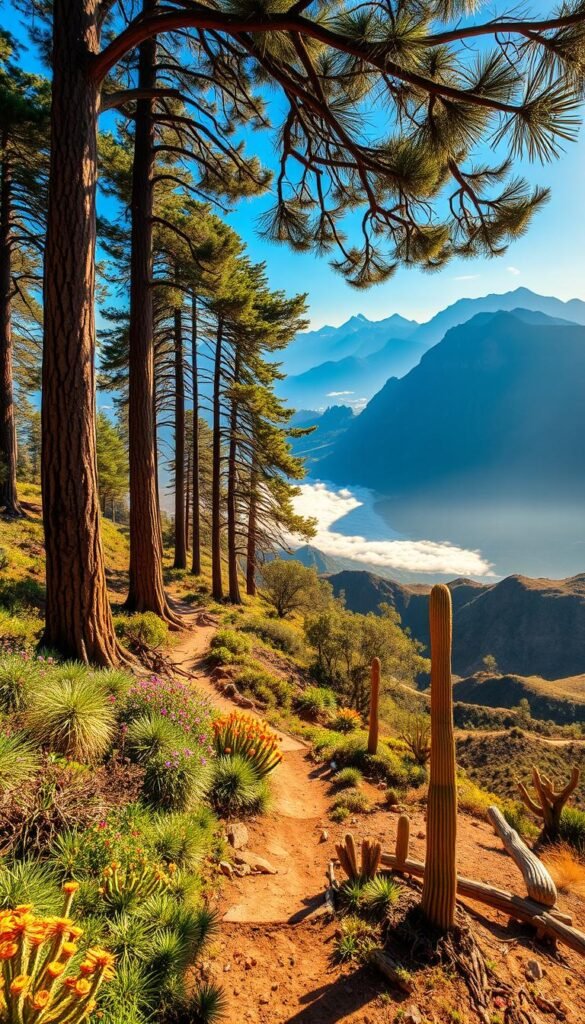
From Ocean Bluffs to Sky-Piercing Summits
Big Sur’s trails weave through coastal bluffs, while the Sierra Nevada’s mountains tower over 14,000 feet. The Pacific Crest Trail spans 1,200 miles across these extremes. One morning, I hiked Death Valley’s dunes; by afternoon, I was dipping my toes in an alpine lake.
Microclimates here defy logic. Redwoods thrive in misty canyons just miles from Joshua trees baking in desert sun. In Lassen Volcanic National Park, steaming fumaroles remind you the Earth is alive.
Wildlife and Wild Places
California’s state park and national forest systems protect rare ecosystems. At Pinnacles, I’ve watched condors glide past volcanic spires. Yosemite’s granite domes glow at sunset—sometimes with black bears foraging in the meadows below.
- UNESCO gems: Walk among 2,000-year-old redwoods in Prairie Creek.
- Geological drama: Lassen’s bubbling mud pots contrast with Yosemite’s polished cliffs.
- Accessible wonders: Swap desert wildflowers for snowy passes in a 4-hour drive.
This is one of the world’s few places where such contrasts exist side by side. Every trail offers a front-row seat to nature’s greatest hits.
Trail Difficulty and Preparation: What to Know Before You Go
Nothing ruins a hike faster than being unprepared—California’s trails demand respect. I’ve watched seasoned hikers turn back on Mt. Whitney’s switchbacks, unprepared for the thin air at 14,000 feet. Here’s how to avoid common pitfalls and embrace the challenge.
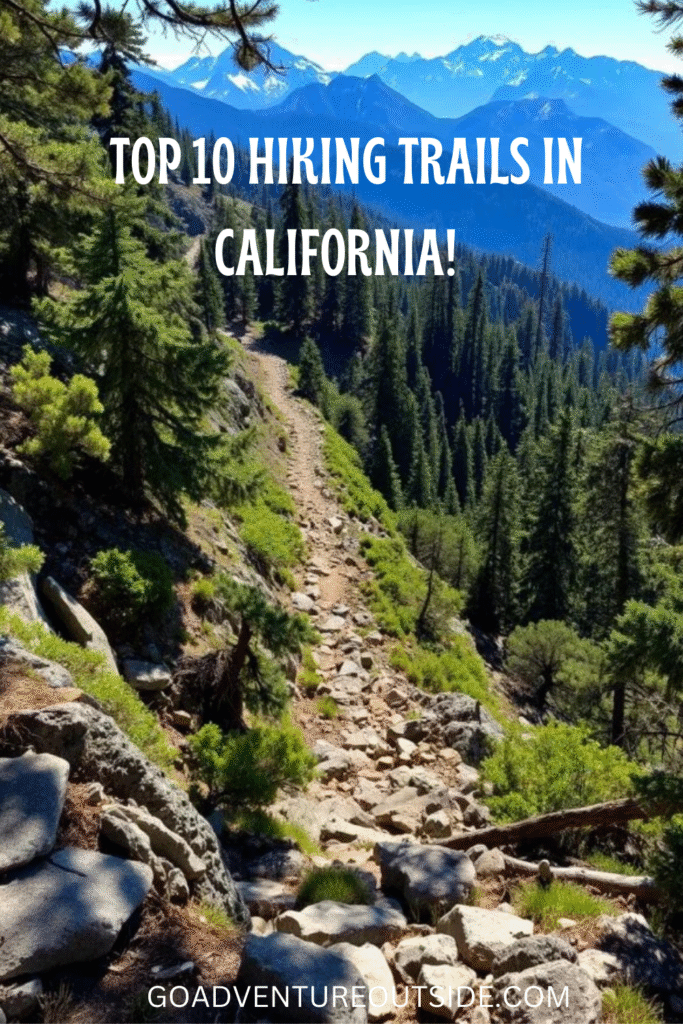
Understanding Elevation Gain and Mileage
Distance alone doesn’t tell the full story. The Mist Trail’s 3 miles feel like 10 when you’re climbing 2,000 feet past Vernal Fall. Meanwhile, Joshua Tree’s flat washes become grueling under 100°F sun.
Use these benchmarks to gauge difficulty:
| Trail | Miles (Round Trip) | Elevation Gain (Feet) |
|---|---|---|
| Mt. Whitney | 21 | 6,000 |
| Half Dome | 15 | 5,000 |
| Sierra Buttes | 5 | 2,000 |
Pro tip: Train with weighted packs on local hills. If you can comfortably hike 10 miles with 3,000 feet of gain, you’re ready for California’s classic day hikes.
Essential Gear for California Trails
Microclimates mean packing for four seasons—even in summer. I’ve roasted in Death Valley and shivered in Sierra thunderstorms on the same day.
- Hydration: Carry 3L in deserts; electrolyte tabs combat cramping.
- Layers: Merino wool base + windproof shell for mountain passes.
- Traction: Microspikes for Whitney’s icy chutes (yes, even in June).
Don’t forget permits! Half Dome’s cables and Whitney’s summit require lottery wins months ahead. Bears in John Muir Wilderness? They’ll sniff out your snacks—use bear canisters.
Top 10 Hiking Trails in California: Ranked
Dust off your boots—we’re counting down routes that redefine scenic grandeur. These picks combine jaw-dropping landscapes with trail-tested logistics. I’ve included insider tips to help you conquer each one like a pro.
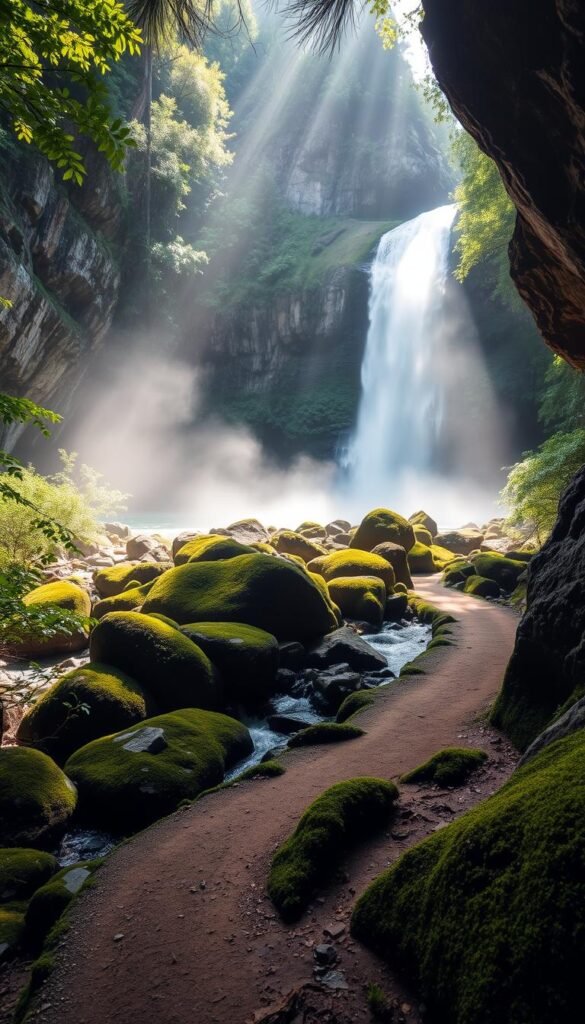
1. Mist Trail (Yosemite National Park)
Vernal Fall’s thunderous cascade greets you just 1.5 miles from the parking lot. The 7-mile loop gains 1,900 feet, with granite steps slick from spring spray. Time it right (May-June) for maximum waterfall drama—but pack a rain jacket.
2. Fern Canyon (Prairie Creek Redwoods)
Fifty-foot walls draped in ferns make you feel Jurassic-sized. Four-wheel drive helps cross the creek to the trailhead. Walk slowly—this 1-mile out-and-back deserves savoring.
3. Mount Whitney (Inyo National Forest)
At 14,505 feet, this summit tests endurance with 6,000 feet of gain over 22 miles. Snag permits early and acclimate in Lone Pine first. My pro tip? Start at 2 AM to beat afternoon storms.
4. Half Dome (Yosemite National Park)
Those famous cables await after 5,000 feet of climbing. Apply for the preseason lottery—only 300 hikers daily tackle this 15-mile beast. Gloves are non-negotiable for the final 400-foot pull.
5. Big Pine Lakes (John Muir Wilderness)
Glacier-fed waters glow turquoise beneath jagged peaks. The 8-mile out-and-back feels like Switzerland—if Switzerland had marmots stealing your trail mix.

6. Rubicon Trail (Lake Tahoe)
Ten miles of shoreline bliss with just 500 feet of gain. Dive into Emerald Bay’s coves along the way—the water’s clarity will haunt your Instagram feed.
7. Lost Horse Mine (Joshua Tree)
Gold rush ruins dot this 4-mile loop. Go at golden hour when the Joshuas cast long shadows. Watch for desert tortoises near the trailhead.
8. Eagle Lake (Desolation Wilderness)
A stairmaster-worthy 1,000-foot climb rewards with alpine serenity. Day permits are self-issued at the parking lot—arrive by 7 AM in summer.
9. Sierra Buttes (Tahoe National Forest)
Wildflowers frame the 5-mile climb to a fire lookout. Time it for July blooms, and don’t skip the 178-step staircase to the view platform.
10. Sandstone Peak (Santa Monica Mountains)
Ocean panoramas unfold on this 3-mile loop. Sunset turns the rocks molten—perfect for that hero shot. Park early; spaces fill fast.
- Pro permits: Whitney and Half Dome require lottery wins.
- Hidden challenge: Sierra Buttes’ stairs will test your quads.
- Best payoff: Big Pine Lakes’ color is worth every switchback.
Best Time of Year to Hike These Trails
Microclimates mean your hike could bake or freeze depending on the month. I’ve scrambled up icy Sierra passes in June and sweated through 110°F days in Death Valley—sometimes within the same week. Timing isn’t just about comfort; it’s safety.
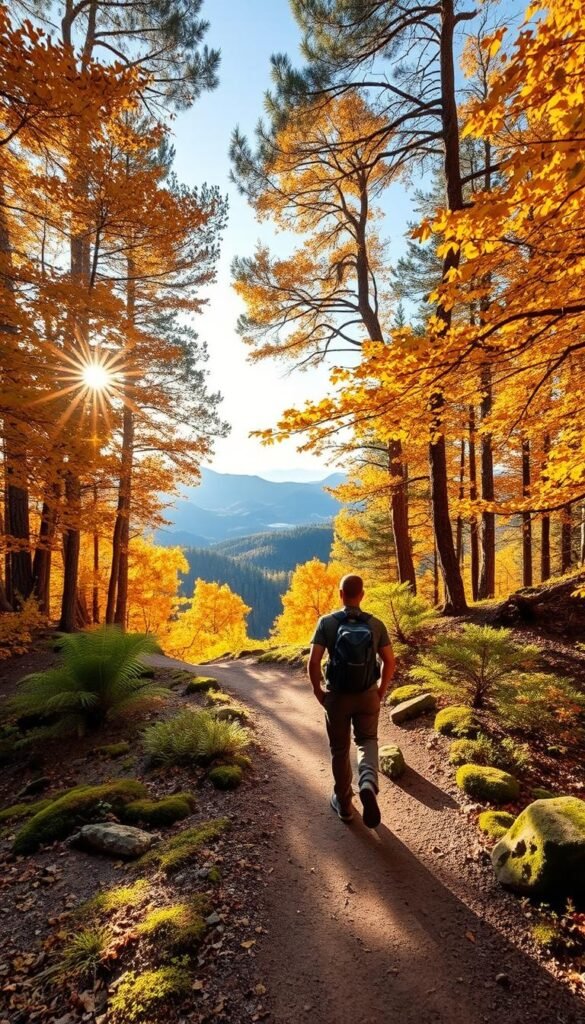
Coastal Cool vs. Mountain Thaws
Coastal fog burns off by late morning in summer—perfect for Big Sur cliff walks. But head inland? Sierra snow lingers above 8,000 feet until July. Last year, I postholed waist-deep near Donner Pass on Memorial Day.
For wildflowers, aim for May-June. Fall colors peak September-October. Redwoods? They’re magical year-round, with winter rains feeding their emerald canopies.
Smart Strategies for Solitude and Safety
Yosemite’s summer crowds vanish if you arrive pre-dawn or snag a shoulder season permit. Midweek hikes beat holiday weekends every time. Monsoon storms roll into SoCal mountains most afternoons—finish by noon.
- Real-time tools: Check AllTrails for recent trail reports
- Desert rule: Avoid midday hikes when temps exceed 100°F
- Alpine hack: July-August for wildflowers, September for crisp air
Pro tip: Coastal winters average 60°F—ideal for empty trails. Just pack a windbreaker.
Family-Friendly vs. Challenging Trails
Not all trails are created equal—some welcome strollers while others test mountaineers. California’s diversity shines here, offering everything from shaded redwood loops to sky-scraping switchbacks. Whether you’re herding toddlers or training for Everest, there’s a perfect path.
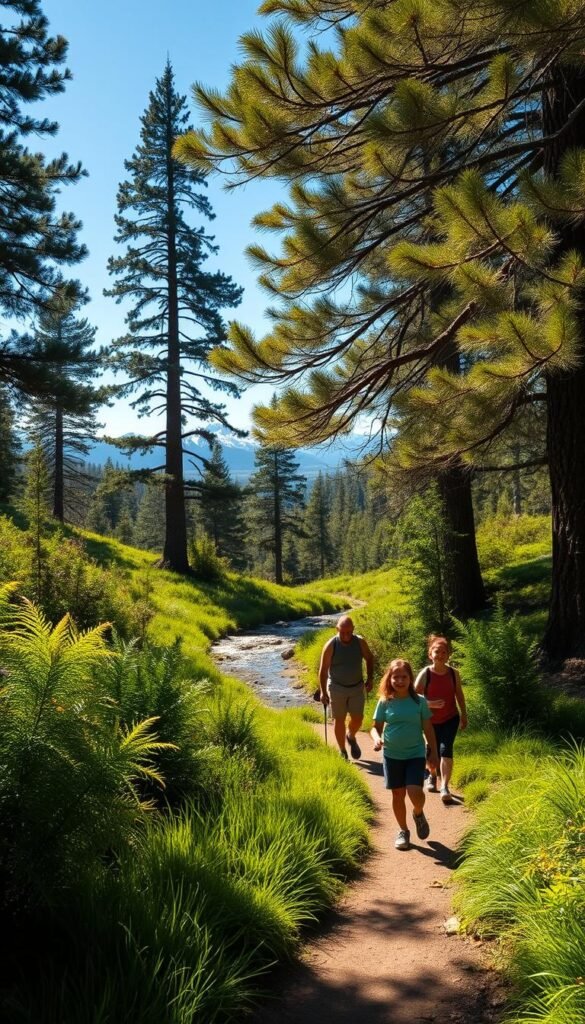
Easy Hikes with Big Rewards
Stout Grove is the ultimate easy hike—a 1-mile flat loop beneath 300-foot redwoods. Kids love ducking through fern tunnels, while parents appreciate the lack of elevation gain. For ocean views, Torrey Pines’ bluffs serve up sea breezes and whale sightings.
Other beginner gems:
- Convict Lake: A 3-mile loop where glacial tarns wink like sapphires.
- Muir Woods: Boardwalks keep tiny feet dry under ancient canopies.
- Fern Canyon: Stream crossings turn this trail into a splashy adventure.
Epic Challenges for Experienced Hikers
Cactus to Clouds’ 10,800-foot elevation gain isn’t for the faint-hearted. I’ve tackled its 21 miles—it’s like climbing Everest from sea level. Shasta’s avy risks and Whitney’s 97 switchbacks demand serious prep.
Know your limits:
- Class 3 scrambles: Only attempt if you’re comfortable with exposure.
- Eagle Lake warnings: Loose gravel near drop-offs requires focus.
- Fitness benchmarks: Can you hike 10 miles with 30 lbs? Test first.
Pro tip: Start small. Even Half Dome veterans began with easy hikes.
Hidden Gems: Lesser-Known Trails Worth Exploring
Beyond the well-trodden paths lie California’s secret stunners—trails where solitude meets spectacle. These routes reward those willing to venture beyond parking lots and Instagram hotspots. I’ve spent years uncovering these treasures, from whispering waterfalls to high-country tarns.

Whiskeytown Falls (Whiskeytown National Recreation Area)
Three miles round-trip reveal a 220-foot cascade few visitors witness. The trailhead hides near Brandy Creek—arrive early, as parking fills by 9 AM. Spring transforms this shaded canyon into a misty paradise, with ferns glistening under the falls’ spray.
Here’s the trick: hike after rainfall for maximum drama. Last April, I timed it perfectly—the water thundered so loudly we had to shout over it. Watch for poison oak near the final switchbacks.
Little Lakes Valley (Rock Creek Area)
At 10,200 feet, this 8-mile paradise stacks alpine lakes like turquoise stepping stones. The area feels like Switzerland without the crowds. Park at Mosquito Flat (yes, that’s really the name) and breathe deep—thin air hits fast here.
I’ve counted 13 peaks reflected in these waters at sunrise. Marmots will photobomb your shots near Chickenfoot Lake. Pro tip: Acclimate in Bishop first if coming from sea level.
- Trailhead smarts: Download offline maps—some routes lack signage
- Altitude hack: Hydrate with electrolytes to combat headaches
- Secret sunset: Kelso Dunes glow gold 90 minutes after official sundown
Remember: these fragile ecosystems demand Leave No Trace love. Pack out toilet paper, and give bears a 300-foot buffer. The best view comes with responsibility.
Safety Tips for California Hiking Adventures
Safety transforms a good hike into a great adventure—here’s how to master California’s wild side. I’ve learned that even scenic trails demand respect, whether you’re facing desert heat or thin mountain air. These strategies keep your trip memorable for the right reasons.
Hydration and Altitude Awareness
At 14,000 feet on Whitney, I once watched a hiker collapse from dehydration—despite carrying two liters. High elevation accelerates fluid loss. Now I follow the desert rule: 1L per hour when temps exceed 80°F.
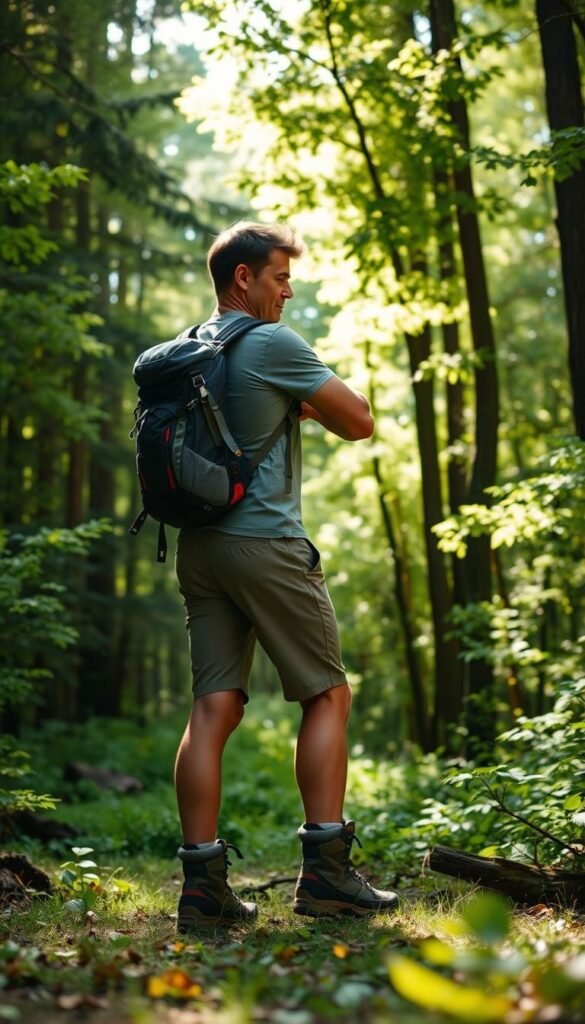
Altitude prep matters too. Spend a night in Lone Pine before Whitney to acclimate. Pack wag bags—they’re required above 10,000 feet. Pro tip: Electrolyte tabs combat headaches better than plain water.
Navigating Trailhead Logistics
Nothing kills vibes faster than a full parking lot. Tahoe’s Eagle Lake fills by 7 AM summer weekends. I always check Rec.gov for permits first—walk-ups vanish fast at popular trailheads.
- Shuttle hacks: Yosemite’s free buses bypass parking chaos
- 4WD essentials: Fern Canyon’s creek crossing demands high clearance
- Timing tricks Arrive by 5:30 AM for Mt. Baldy’s best spots
For emergencies, my Garmin InReach beats SPOT devices—two-way messaging saves time during rescues. And yes, bear spray is legal in national forests (but not parks).
Conclusion: Your Next California Hiking Adventure Awaits
Your boots will remember these paths long after the dirt shakes off. This curated list barely scratches the surface—each trail offers its own world-class views and challenges. Start with coastal bluffs, then conquer Sierra passes as your skills grow.
Spring’s waterfalls and fall’s golden aspens make every trip unique. Share your favorites below—I’m always hunting new day hikes. Before you go, check NPS alerts and pack the right things.
Picture this: alpenglow painting Mount Whitney pink as you sign the summit log. That moment? Worth every switchback. Now lace up—your next story starts on the trail.
Be sure to check out Best Day Hikes Near Denver for more great hiking adventures!

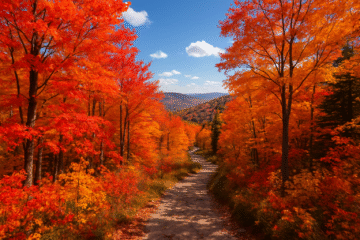
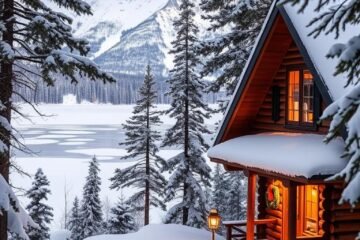
0 Comments